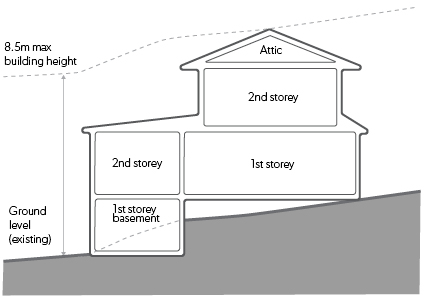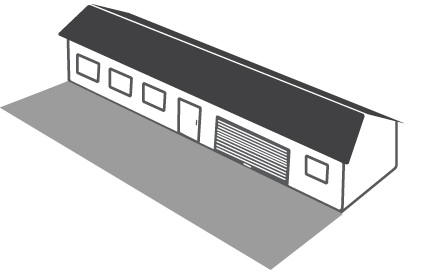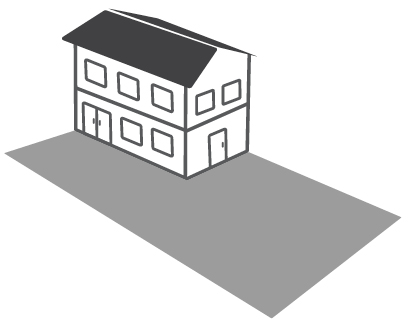1. Environmental Planning and Assessment Act 1979
The Environmental Planning and Assessment Act 1979 (EP&A Act) sets up the framework for the planning system as follows:
- How rules affecting development are made; and
- How development is assessed against those rules.
2. Environmental Planning and Assessment Regulation 2000
The Environmental Planning and Assessment Regulation 2000 (EP&A Regulation) details certain processes that must be followed by councils when assessing a DA. It specifies more detailed matters such as the fees that can be charged by a council to receive and assess a DA.
3. Environmental Planning Instruments
Environmental Planning Instruments (EPIs) introduce controls and requirements for specific issues and places in your local government area. There are two types of EPIs:
- State Environmental Planning Policies (SEPPs) deal with issues that are of importance to the whole State. It is important to note that this does not necessarily mean that each SEPP will be of relevance to your DA. An example that may apply to you is:
- SEPP (Building Sustainability Index: BASIX) 2004: sets standards for sustainable development (e.g. energy efficiency, water tanks).
- Local Environmental Plans (LEPs) – Each council has their own LEP which does four main things:
- Zones land to specify what development is permissible without consent, permissible only with consent or prohibited in the zone. Your site is most likely zoned as ‘residential’ or ‘rural’ which means that new houses, alterations and additions, and possibly dual occupancies and secondary dwellings, are allowed to be built.
- Identifies whether your house or the area it is situated in has heritage significance.
If you live in a historic home (heritage item) or area (a conservation area), you are looking after a piece of Australia’s history. This means you may have to take extra design care in planning your changes. - Identifies special matters for consideration.
There may be specific environmental issues e.g. flooding, bushfire, acid sulfate soils and environmentally sensitive land that may affect your site. Such issues should be addressed in any DA and may limit the extent or location of the development on the site. - Identifies the principal development standards.
The principal development standards control the size and form of development. While they vary by council area, some common and relevant standards for you are:- Maximum building height.
- Maximum Floor Space Ratio (FSR).
Height of buildings
Example: Maximum height of building 8.5m

Floor Space Ratio
Floor Space Ratio can be a difficult concept to visualize. The following simple examples show how an FSR of 0.5:1 can be achieved on a single lot.
Maximum FSR is the floor area you may build compared to the total area of the block.
For an FSR of 0.5:1
If site area = 1000 m2
Floor area allowed = 500 m2
Example 1 – One storey building 50% of site, floor area 500 m2

Example 2 – One storey building 50% of site, floor area 500 m2

Example 3 – Two storey building 25% of site, floor area 500 m2

The combination of standards like height, FSR and setbacks, combined with your site’s physical features will determine how big your house can be and where it will be located on your block.
Variations to the Development Standards
Development standards may be varied by your council. You can request a variation under clause 4.6 of the LEP, however, councils will not do this lightly and you must clearly justify why any change should occur.
If the development standards prevent appropriate development of your site and you believe the impact of your development is reasonable then you should contact your council to find out if a variation is likely to be approved.
For further information see the department’s document Guide to Varying Development Standards.
4. Development Control Plans
While the rules set out in LEPs and SEPPs are most important, more detailed design and planning requirements are provided in your council’s Development Control Plan (DCP). Here you will find information in simple language, with diagrams and pictures on issues including:
- building design, siting and size
- access to sunlight
- view sharing
- landscaping
- car parking
- heritage
- stormwater treatment
- waste management
- fences and walls.
The DCP provides guidance only, which means there can be flexibility to make variations when supported by a good argument in your DA.